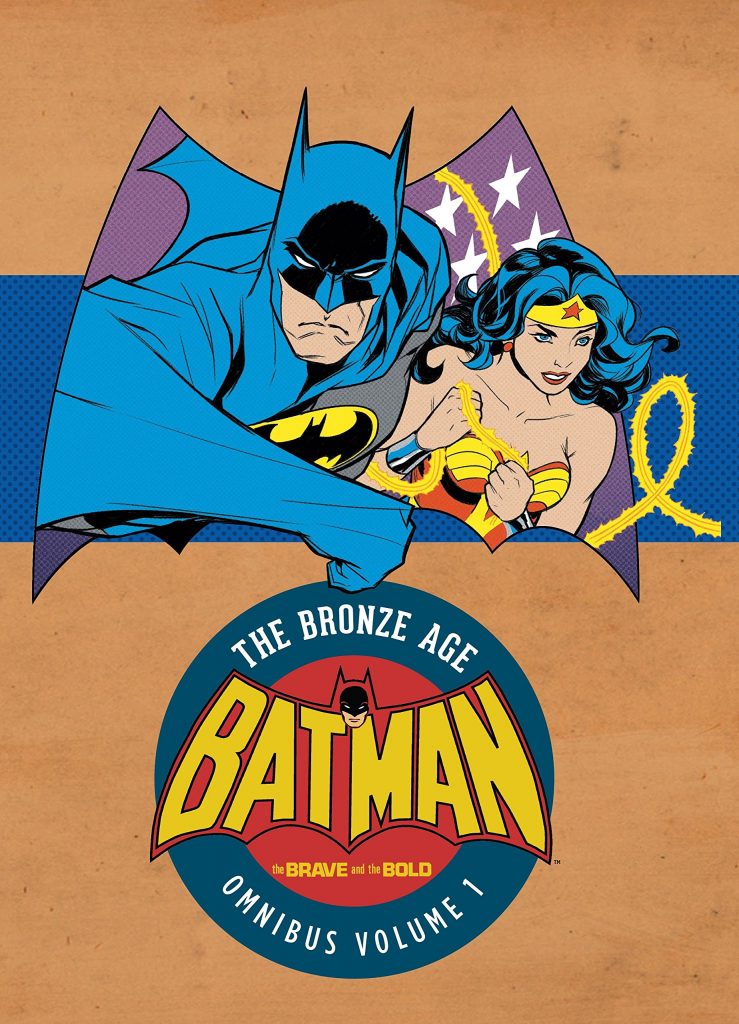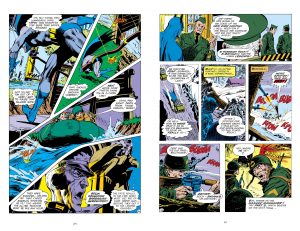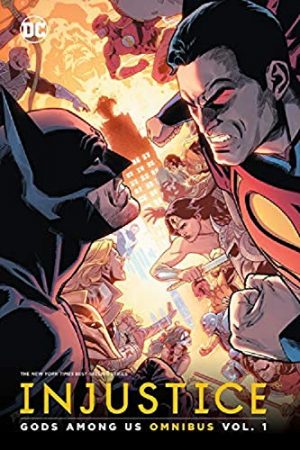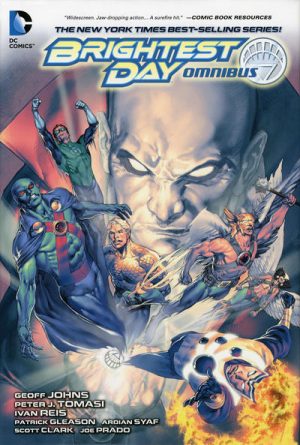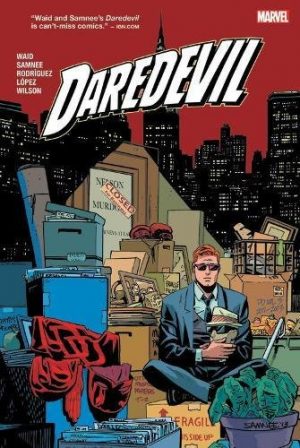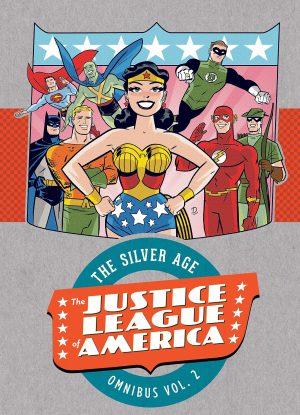Review by Ian Keogh
From the 1960s to the 1980s, Batman didn’t just team with Superman and Wonder Woman, but found the time to poke around all kinds of strange corners in the DC universe without spreading himself too thin. This first of two massive oversized hardback selections covers 1967 to 1973, strangely omitting earlier Batman team-ups, although that’s a blessing as, frankly, they’re not very good. The reason is their not playing to writer Bob Haney’s strengths. As can be seen from the opening half dozen stories, when he uses mainstream superheroes along with their villains the results are decidedly average as his heart’s not in it. Give him the opportunity to construct a crime or mystery drama, however, and the results are entirely different. There’s tension, pathos, and clever plotting, and over the 36 stories included here there’s enough quality to prompt a re-evalution of Haney’s writing.
He’s never had a high reputation, partly because superhero fans became increasingly enamoured of a cohesive universe, that anything affecting Batman rippled out and connected with other Batman titles. Haney wasn’t concerned about that. No Batman biography mentions his briefly having a second ward named Lance Bruner, but he’s here, in a good story featuring the Teen Titans. If having Batman shot, confined to a wheelchair and needing a heart operation fitted Haney’s plot, then that’s what happened, and it produces a highlight. Haney’s Batman is also far removed from the emotionless, infallible robot of the early 21st century. He saw a human being inside the costume, one who could on occasion be tricked, and a finely trained and athletic warrior, but not one who automatically avoided every blow. Once Haney hit on moulding stories to suit his strength, most are good. He preferred to keep the material away from standard superhero battles, so when Flash appears, it’s in a ghost story, while the other two Teen Titans appearances deal with social problems. Haney’s preference was for more obscure guest stars whose powers aren’t Earth shattering, if they have them at all. Sgt Rock, Wildcat, Black Canary, Green Arrow, Deadman and the de-powered Wonder Woman all appear more than once, and there’s barely a poor story among them.
A top class artistic line-up is on show, Haney being blessed with the immaculate storytelling of an ever improving Neal Adams. Adams draws a lithe, athletic Batman jumping from the pages where the panels are four sided, but slashed diagonally at the bottom for greater effect. Jim Aparo, at that stage heavily influenced by Adams’ graphic style, also features prominently. The sample art is from two very different Sgt Rock team-ups, one by each of them. One has Batman in World War II, the other investigating a supernatural consequence of it. Later Mike Sekowsky art surprises, it’s a mystery why Nick Cardy was never more highly regarded, and Ross Andru and Bob Brown don’t match the other artists, but are never less than professional. It all makes for stories that should be re-appraised.
Several alternatives cater for those preferring a less luxurious presentation. The same stories are spread over two paperback volumes of Batman: The Brave and the Bold – The Bronze Age, or two volumes of Showcase Presents Brave and the Bold Batman Team-Ups includimg the earlier team-ups missing here, but in black and white, while dropping the final Demon tale. The Adams stories can be found in Batman Illustrated by Neal Adams, while the Aparo material alone appears in the first volume of Legends of the Dark Knight: Jim Aparo. Volume two followed.
